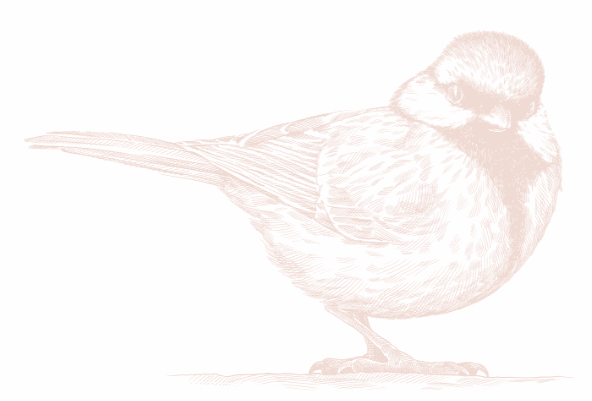Tom Kite, Roy Bechtol, and Randy Russell were engaged to create the original eighteen holes. Kite worked his way down the valley starting at the high point, thus the name The Valley was established. The course has beautiful contours, and a number of live oak trees, including Old Gnarly on Hole #5 that is over 100 years old. This course directs the player north toward the front of the community, makes a u-shaped bend and heads back uphill toward the southwest.
Greens, tees, and fairways are always in wonderful shape. Green contours and sizes perfectly blend into the topography and take in the natural terrain. Adding water features and using the native grasses to shape and frame a backdrop on each hole, allows the golfer to focus on where they are hitting.
Bunkering has been matched on all twenty-seven holes. Nothing is forced with the natural topography, so it has a natural look. The Valley course shows unique character with its original rock sheep barn located on the #5 green, with restrooms and a cart path through its center. The initial five holes typically play downwind, and then you begin playing into the wind as you turn south. The holes lay into the hillside and provide natural bunkering to give you a great eye off the tee to land your ball. The fairway mounds are subtly contoured and do not require an awkward stance. The finishing hole, #9, is arguably the best of the three nines. It is a solid, par 4 up the hill with great bunkering throughout and a slight elevation shot into the wind – definitely the most demanding of the finishing holes. Birdies are hard to come by here!
The Hills, which is the back nine of the original eighteen, is so named because it begins high and follows the natural contours of the Hill Country, with homes perched above the holes. It displays a beautiful shot in the opening, then turns up and right. Tom Kite did a masterful job accentuating the natural terrain on this nine-hole course. Most greens have a .5% to 1% slope, with a soft, undulating surface that will give you a chance to make your putt. If you are within 25 feet to 30 feet, you have a great opportunity. Holes #2 and #3 are par 3’s that sit down in the hills, then #4 is a nice par 5 with a slight dog-leg and meandering creek – a gorgeous setting. Hole #5’s most unique feature is its two-tiered fairway. If you hit onto the lower ledge, you do not have a clear view of the green. However, if you land on the upper ledge, the view is unmatched.
One of the best holes of all is #6. It originally was a short hole, but a redesign that came with the installation of the third nine made it a little shorter. It is a drivable par 4 with great mounding and native grasses behind it, so it stands out. Then you work your way back up the hill again on the finishing holes. Hole #9 is memorable as a par 5, with impressive bunkering and strategic trees that provide an outstanding risk/reward finishing hole.
The Creeks nine was designed by father/son team, Jay and Carter Morrish. This course is set apart by the frequent creeks that wind throughout holes one through five. This course is a bit more challenging, but is the same as the other eighteen holes with a .5% to 1% slope on the greens, bent grass greens, and consistent bunkering. It offers variety with varying shot options and views, and qualities that are reminiscent of the original course – allowing The Creeks to blend seamlessly with the original eighteen holes.
The Creeks fairways are a little more generous in width, and it has some of the best long-range Hill Country views of the three nine-hole courses. The Clubhouse, perched on the highest point of Comanche Trace, is not only a beautiful focal point from the course, but it also offers as a great aiming point on Holes #6 and #7.

